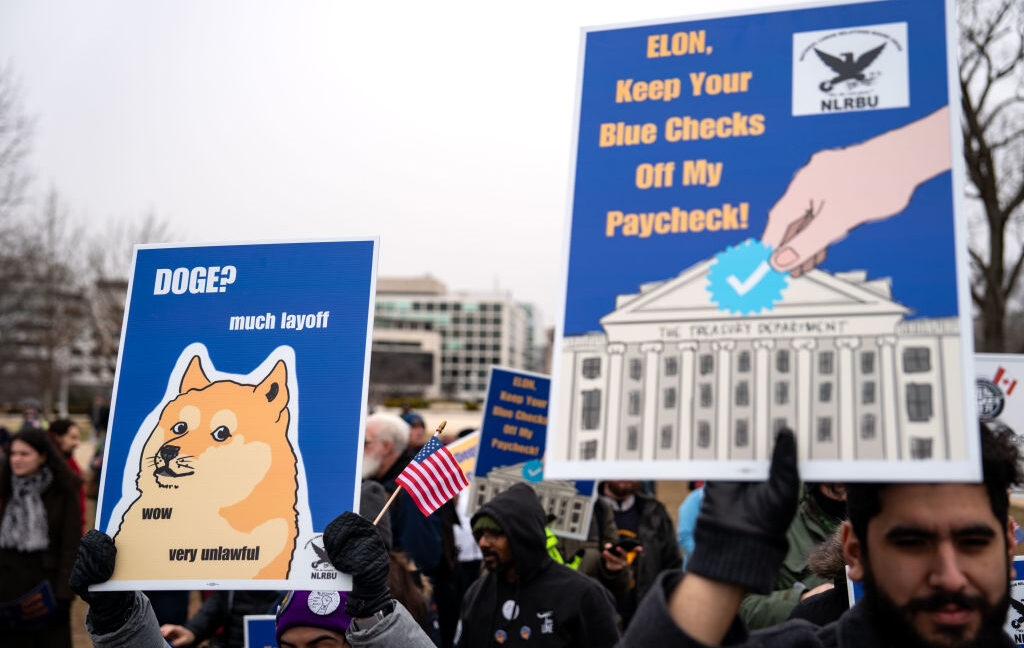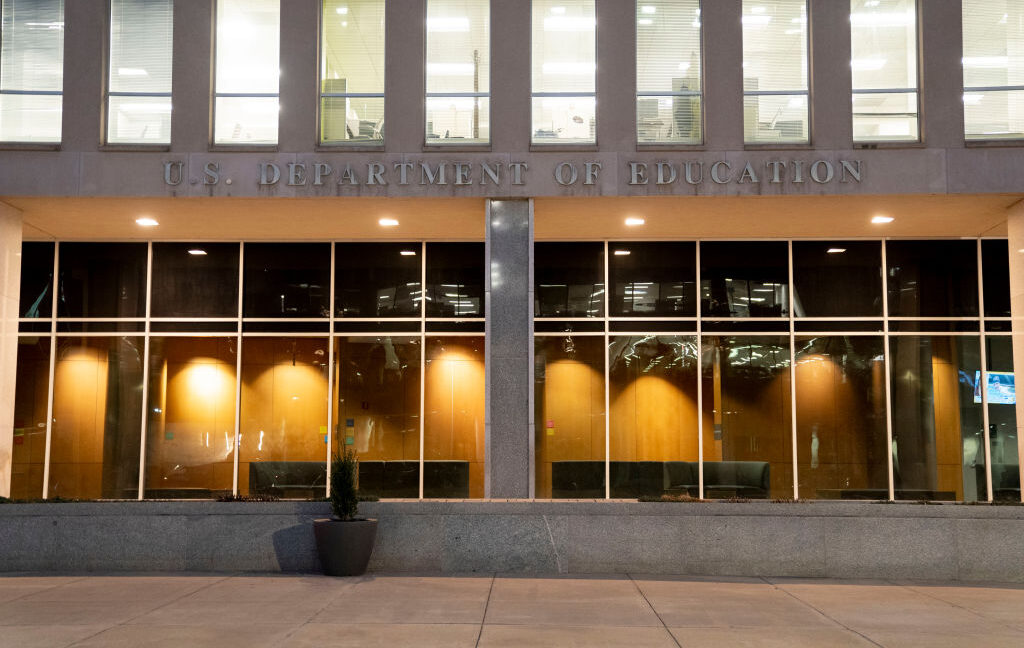Trump says bitcoin reserve will change everything. Crypto fans aren’t so sure.
Ahead of the first-ever White House Crypto Summit Friday, President Donald Trump signed an executive order establishing a strategic bitcoin reserve that a factsheet claimed delivers on his promise to make America the “crypto capital of the world.”
Trump’s order requires all federal agencies currently holding bitcoins seized as part of a criminal or civil asset forfeiture proceeding to transfer those bitcoins to the Treasury Department, which itself already has a store of bitcoins. Additionally, any other digital assets forfeited will be collected in a separate Digital Assets Stockpile.
But while Trump likely anticipates that bitcoin fans will be over the moon about this news—his announcement of the reserve and looser crypto regulations helped send bitcoin’s price to its all-time high of $109,000 in January, Reuters noted—some cryptocurrency enthusiasts were clearly disappointed that Trump’s order confirmed that the US currently has no plans to buy any more bitcoins at this time.
Bitcoin’s price briefly dropped by about 5 percent to $85,000 on the news, Reuters reported. Charles Edwards, the founder of a bitcoin-focused hedge fund called Capriole Investments, took to X (formerly Twitter) to declare that Trump’s order is “a pig in lipstick.” Currently, bitcoin’s price is around $90,500.
“This is the most underwhelming and disappointing outcome we could have expected for this week,” Edwards wrote. “No active buying means this is just a fancy title for Bitcoin holdings that already existed” with the government.
A digital assets managing director at S&P Global Ratings, Andrew O’Neill, agreed, telling Reuters that the “significance” of Trump’s order was “mainly symbolic” and provides no timeline for when more bitcoin might be acquired by the US.
In the factsheet, the White House insisted that the strategic reserve and digital assets stockpile would harness “the power of digital assets for national prosperity rather than letting them languish in limbo.”
Trump says bitcoin reserve will change everything. Crypto fans aren’t so sure. Read More »











